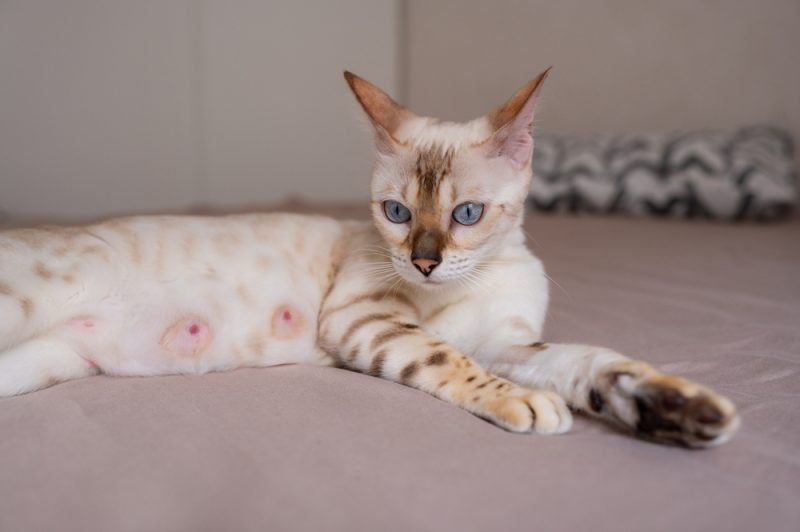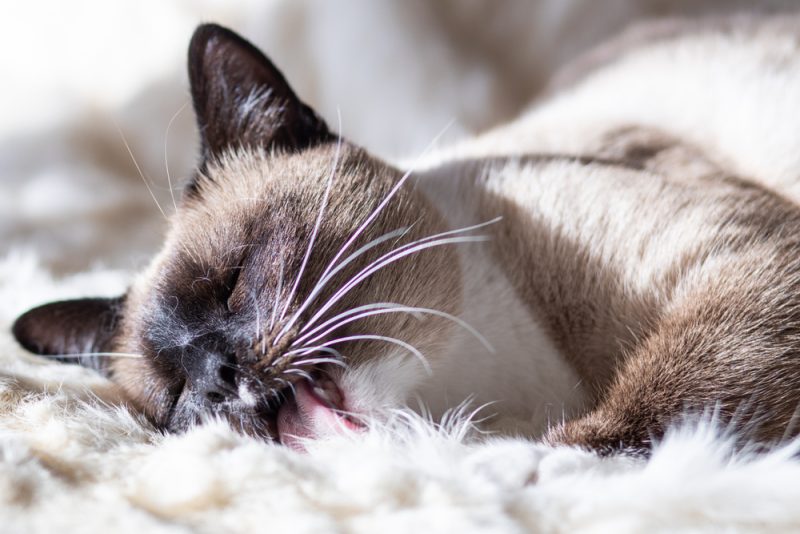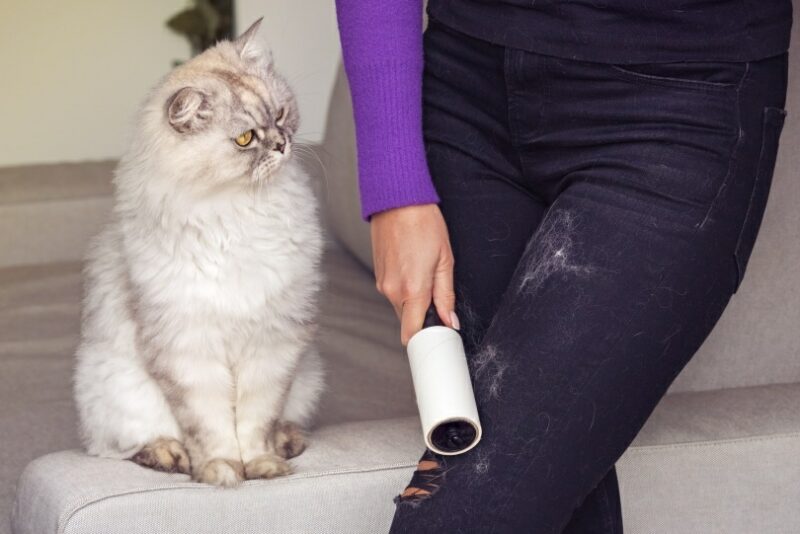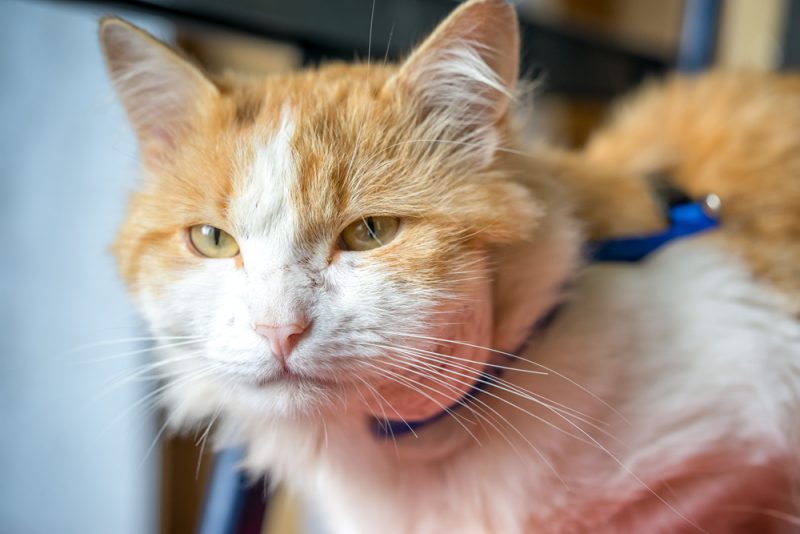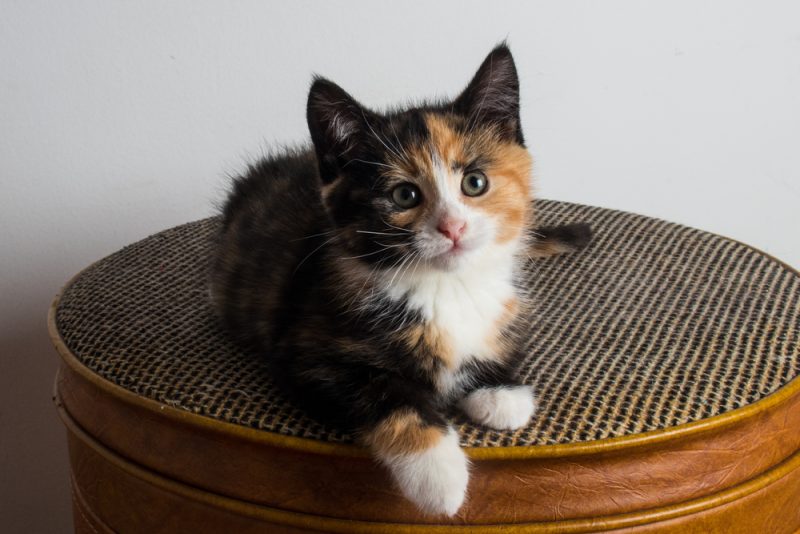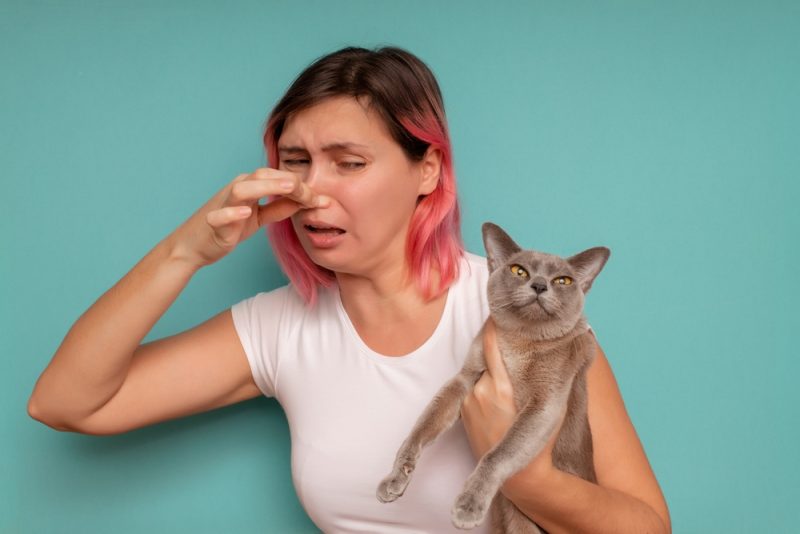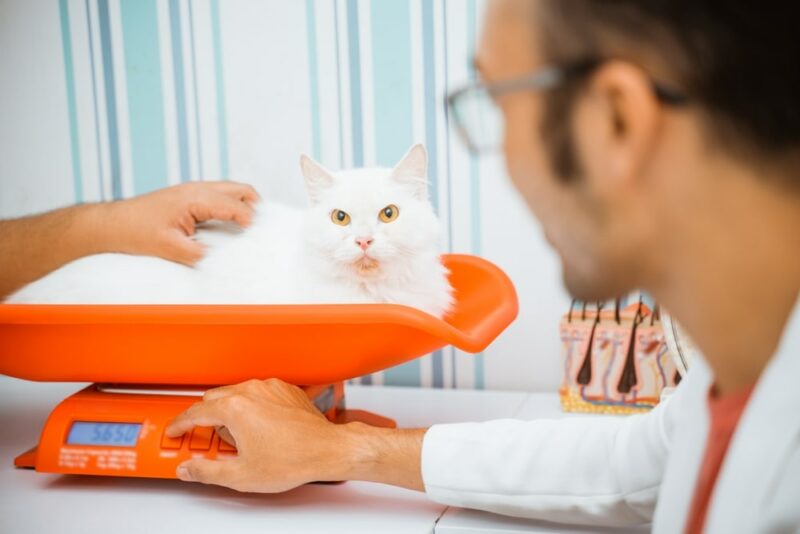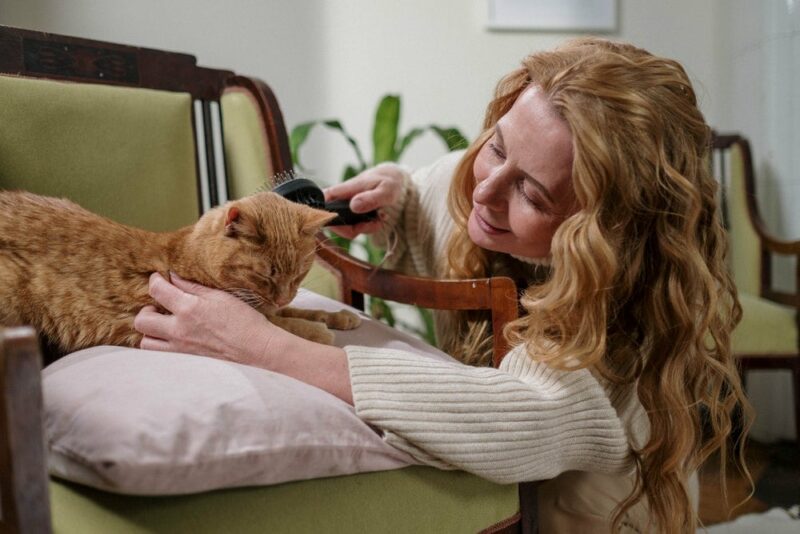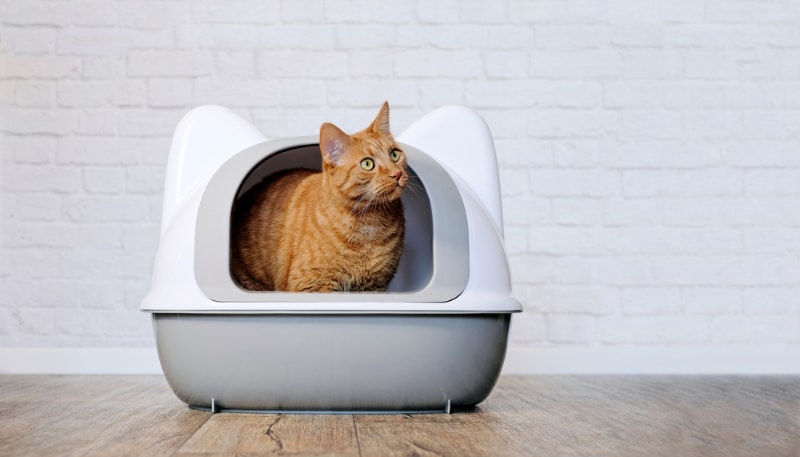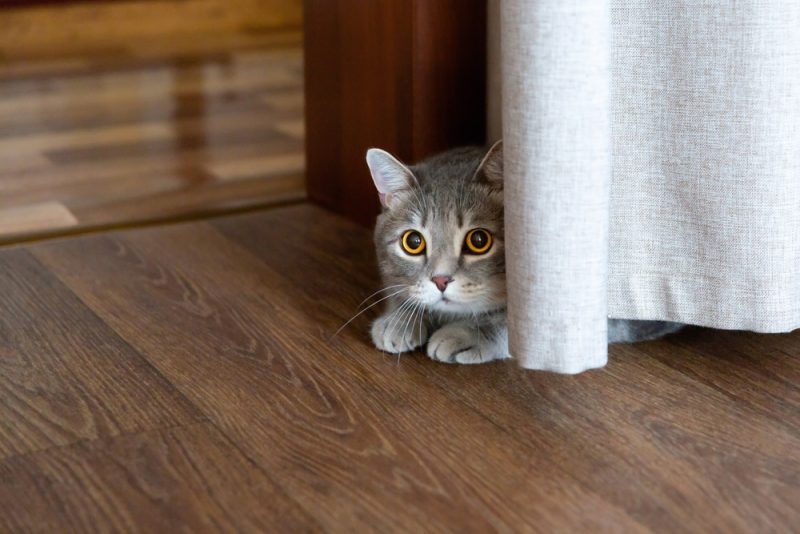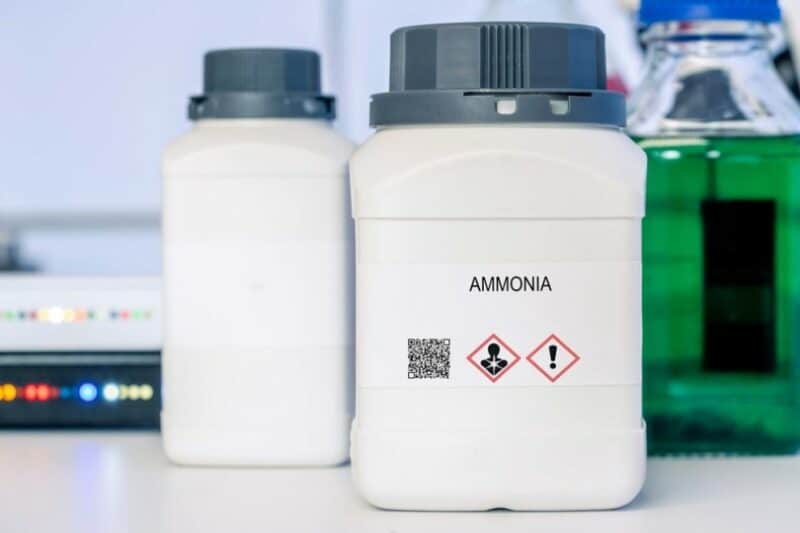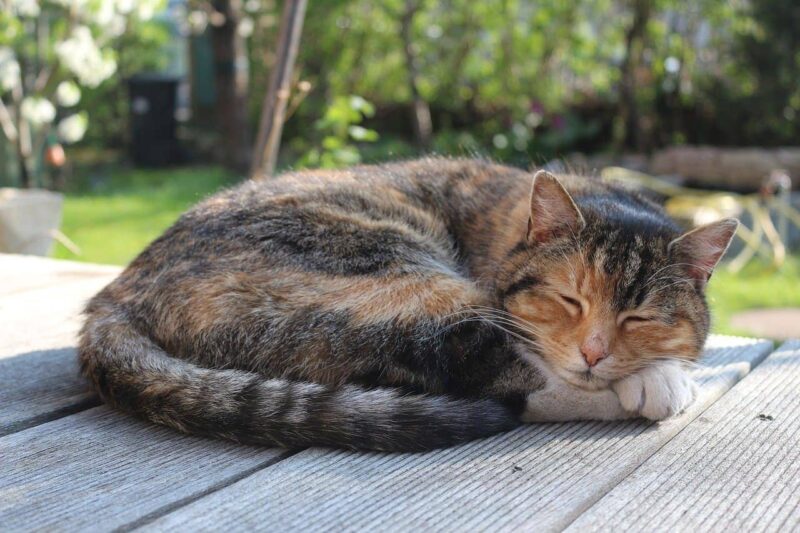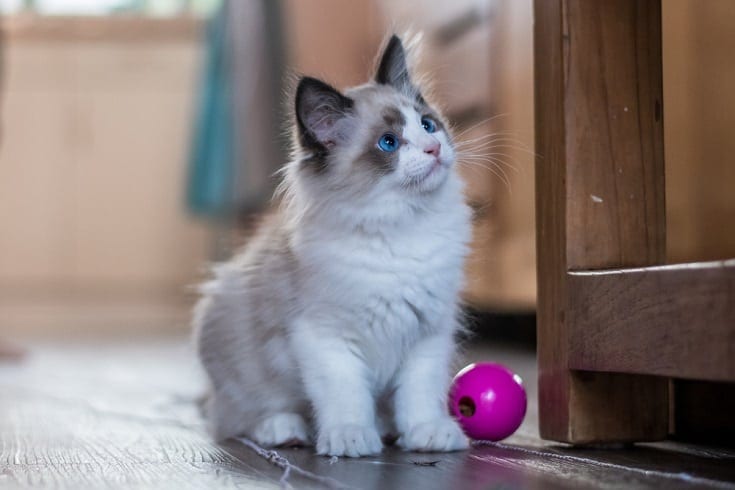In this article
View 4 More +Mastitis is not frequently seen in cats. This could be due to many outdoor cats giving birth and nursing out of sight. Or perhaps it doesn’t occur as often in cats as dogs. Either way, cat mastitis is a painful condition that can be seen in either actively nursing cats or cats that have just finished nursing their kittens. It is a treatable and curable condition that requires the kittens to be bottle fed and the mom to receive appropriate medications and care.
What Is Mastitis in Cats?
The term mastitis means “inflammation of the mammary gland”. Cats typically have eight mammary glands – four on each side of the underside of their body. Each mammary gland contains a nipple that the kittens can nurse from. If one or multiple of these mammary glands becomes infected with bacteria, it will become inflamed and painful.
Mastitis is seen in actively nursing cats or a cat that has just finished nursing her kittens and is typically caused by bacteria. If there is any type of trauma to a nipple, which can be caused just from the kittens nursing, bacteria have a way to get into the mammary gland. Even without trauma, cats that live outside, or cats in crowded living situations, may come in contact with excessive amounts of bacteria and be more susceptible for mastitis to occur.
Mastitis can also just occur from excessive milk accumulation. This can occur if the mom has become sick or traumatized and acutely stopped nursing her kittens. It can also occur if something happened to one or all of the kittens and there are none to continue nursing mom’s milk.
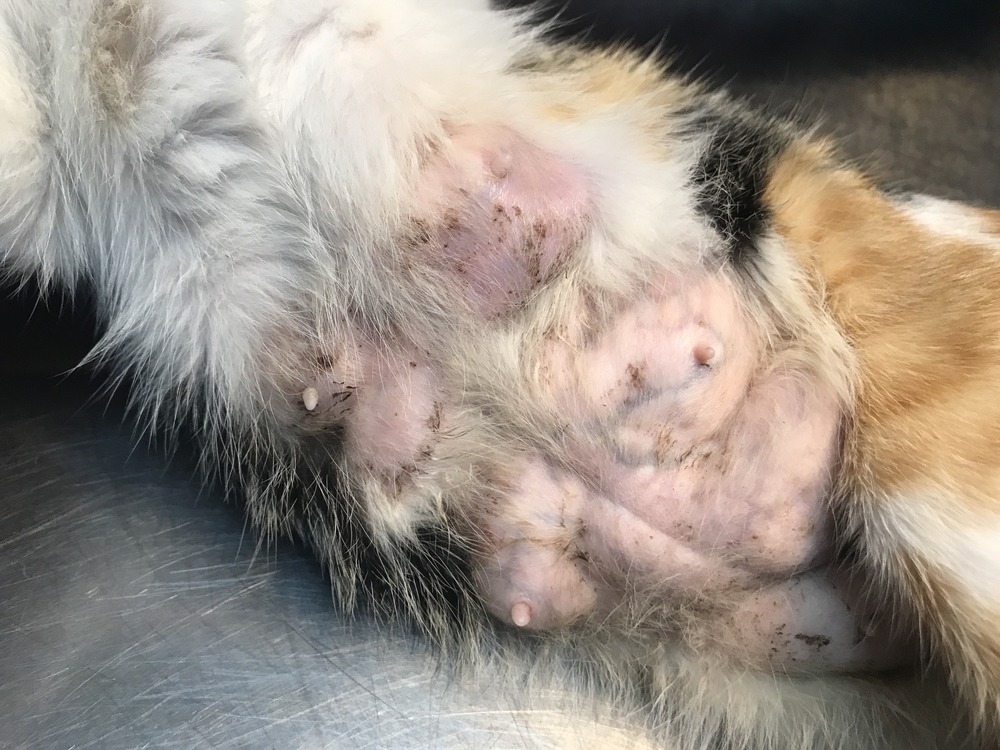
Signs
Mastitis is a very painful and uncomfortable condition. The affected mammary gland(s) will become red, swollen, hard, and painful to the touch. Your cat may try to bite you or anything that comes near the affected gland due to the pain. Your cat may also develop a fever, or become lethargic, anorexic, and weak. If the mastitis is caused by a bacterial infection, the milk from the affected gland(s) will not appear healthy. The milk will have a color to it – often green, yellow, or brown – be thick, chunky, and may even have an odor. Milk from a healthy mammary gland should easily come out. However, when you attempt to milk out a mammary gland that has mastitis, it may only come out in small amounts, in small spurts, or not at all.
If mastitis is caused by a bacterial infection, if left untreated, this can turn to sepsis. Sepsis is a bacterial infection of the blood which then causes significant reactions to internal organs. This can cause severe illness, organ failure, and eventually death. Signs that your cat has sepsis include lethargy, anorexia, weakness, low blood sugar, and general malaise. Sometimes cats may just pass away from only being sick for a short period of time.
Causes
The most common cause of mastitis in cats is bacterial infection. Bacteria will enter one or multiple mammary glands and develop into an infection. This can occur if there is any trauma or wound to the nipple or mammary gland itself. This can occur as the kittens nurse, and the kittens’ developing teeth or their tiny, sharp nails traumatize the mammary tissue. Trauma can also occur from a fight with another animal or even just from the environment. Any little scratch, abrasion, puncture, or bite can create a perfect environment for bacteria to get in. The bacteria can come from anywhere – the environment, the kittens, mom and/or kittens feces, etc.
Mastitis can also occur from accumulation of milk within one or multiple mammary glands. Remember, mastitis means inflammation of the mammary gland. So, inflammation can be secondary to excessive milk. If one or more of the kittens suddenly dies, mom’s milk may accumulate and cause swelling of the glands. If the mom stops nursing her kittens for some reason, or there are not enough kittens to nurse all the milk the mom has, it may accumulate and cause swelling.
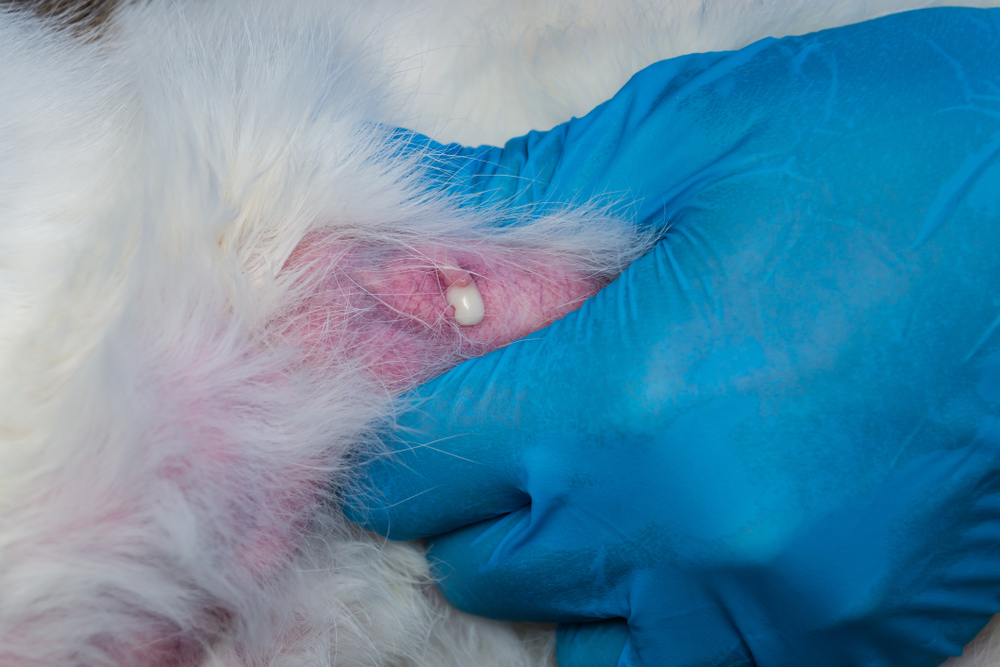
How Do I Care for a Cat With Mastitis?
It may be difficult for you to know if the mastitis is from a bacterial infection or excessive milk accumulation. Therefore, to be safe, you should always take the kittens away from mom if you notice she has mastitis. This is because if the kittens drink milk that has bacteria in it, they can become severely sick and potentially pass away.
You should make an appointment with a veterinarian as soon as you notice that your cat has mastitis. At minimum, the veterinarian will likely prescribe antibiotics in case there is a bacterial infection present, and pain medications. The veterinarian will likely also complete bloodwork to make sure that your cat is not becoming septic or otherwise severely ill from the infection.
You can also place warm compresses gently over the affected mammary glands. Make sure that you test the compresses on your skin first so as not to burn your cat. You can place them over the swollen glands for a few minutes a couple of times a day. If your cat will allow it, you should then try to gently milk out the affected glands after you are finished with the warm compresses. This will help to remove any milk infected with bacteria, or milk that has accumulated excessively. Be careful! Mastitis is a painful condition, and your cat may become very agitated and even bite you if she doesn’t want you to touch her.
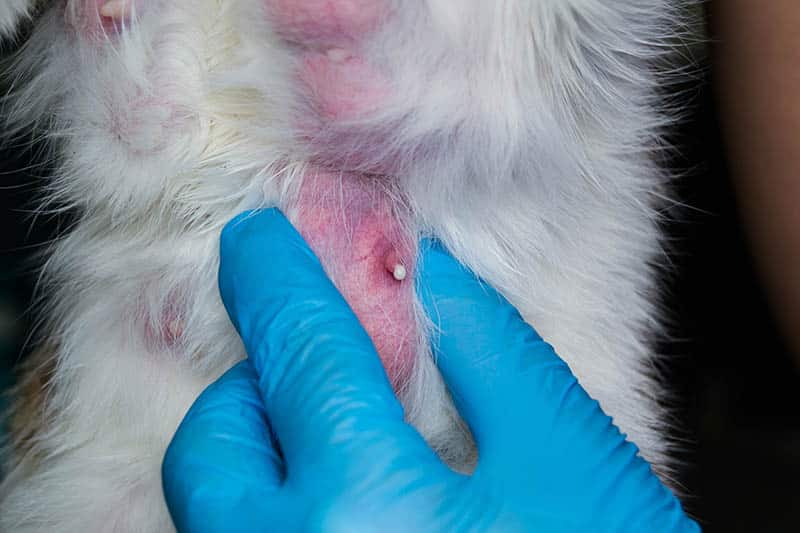
Frequently Asked Questions
Do I Need to Take My Cat to a Veterinarian if She Has Mastitis?
Yes. While care at home is imperative to your cat healing – warm compresses, clean environment, helping to milk out affected glands – your cat will require pain medications and likely antibiotics. These can only be prescribed by a veterinarian. Never use your own, or even your dog’s, pain medications and antibiotics. Many of these can be severely toxic and even fatal to cats.
If you need to speak with a vet but can't get to one, head over to PangoVet. It's an online service where you can talk to a vet online and get the advice you need for your pet — all at an affordable price!

Can Mastitis in My Cat Be Cured?
Yes! Cats that are treated quickly and appropriately tend to do well and can completely heal from mastitis. If your cat has already become severely ill with sepsis, they will require aggressive, around-the-clock care. Depending on how they respond to treatment will determine if they can survive and recover.
Conclusion
Mastitis refers to inflammation of the mammary gland. When a veterinarian refers to a cat with mastitis, most likely it has been caused by a bacterial infection. The bacteria can enter one or multiple mammary glands from any type of injury, abrasion, or wound to the nipple. Mastitis can also just occur from excessive milk that has accumulated and has not been milked out. Your cat should be taken to a veterinarian to receive antibiotics and pain medications. Often your cat can recover at home with some TLC from you and the family.
Featured Image Credit: Olga Apanasenko, Shutterstock
